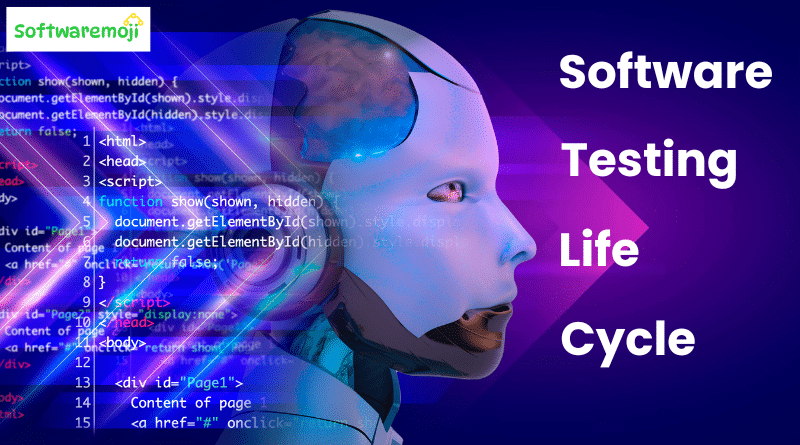
📌Software Testing Life Cycle (STLC):-
What is STLC? – The Software Testing Life Cycle (STLC) is a systematic process that ensures software quality through structured testing phases.
Phases of STLC – STLC consists of six key phases: Requirement Analysis, Test Planning, Test Case Development, Environment Setup, Test Execution, and Test Closure.
Requirement Analysis – Testers analyze project requirements to identify testable areas and prepare a Requirement Traceability Matrix (RTM).
Test Planning – This phase involves defining the testing scope, strategy, tools, resource allocation, and risk assessment. The key deliverable is the Test Plan document.
Test Case Development – Testers create detailed test cases, scripts, and test data based on functional and non-functional requirements.
Test Environment Setup – The required hardware, software, and network configurations are prepared to simulate the production environment.
Test Execution – Testers run test cases, log defects, and ensure that software functionalities work as expected.
Test Closure – A test summary report is created, lessons learned are documented, and stakeholders review the testing outcomes.
Importance of STLC – Following a structured STLC improves software quality, detects defects early, and ensures efficient test management.
STLC vs SDLC – While SDLC covers the entire software development process, STLC focuses exclusively on testing to ensure bug-free software delivery.
📌What is Software Testing Life Cycle (STLC)?
The Software Testing Life Cycle (STLC) is a structured approach to software testing that ensures software quality through a series of defined phases, activities, and deliverables. Unlike the common misconception that testing is a single-phase process, STLC follows a methodical series of steps to validate and verify the software product.
📌Key Phases of STLC:
STLC consists of six major phases:
- Requirement Analysis
- Test Planning
- Test Case Development
- Test Environment Setup
- Test Execution
- Test Cycle Closure
Each phase has entry and exit criteria, activities, and deliverables that help maintain software quality standards.
📌Entry & Exit Criteria in STLC:
- Entry Criteria: Defines the prerequisites that must be met before proceeding to the next testing phase.
- Exit Criteria: Specifies the conditions that must be fulfilled before completing a testing phase.
Although the ideal scenario is to meet the exit criteria before progressing, practical constraints may require some flexibility.
📌Requirement Analysis Phase in STLC:
The Requirement Analysis Phase, also known as Requirement Phase Testing, is the first step in STLC. Here, the QA team examines software requirements to identify testable components, classify them into functional and non-functional requirements, and assess automation feasibility.
📌Key Activities in Requirement Analysis Phase:
- Identify test types needed for the project.
- Prioritize testing areas and focus points.
- Create a Requirement Traceability Matrix (RTM).
- Define test environment details for execution.
- Conduct automation feasibility analysis (if applicable).
📌Deliverables of Requirement Analysis Phase:
- Requirement Traceability Matrix (RTM)
- Automation Feasibility Report (if required)
By following the Software Testing Life Cycle (STLC) process, organizations can enhance their software quality assurance (QA) and streamline testing activities efficiently.
Related Post: 7 Fundamental Principles of Software Testing:-
📌Conclusion:-
The Software Testing Life Cycle (STLC) is a structured process that ensures software quality by following well-defined phases, including Requirement Analysis, Test Planning, Test Case Development, Test Environment Setup, Test Execution, and Test Closure. Each phase has specific deliverables, such as test plans, test cases, defect reports, and closure reports.
Implementing STLC enhances test efficiency, ensures comprehensive coverage, and minimizes defects in the final product. By integrating testing early in the Software Development Life Cycle (SDLC), businesses can reduce costs and improve software reliability.
For SEO optimization, focusing on keywords like “STLC phases,” “software testing process,” and “key deliverables in testing” can help improve content visibility. Regular updates on emerging testing methodologies, automation tools, and best practices can attract more engagement. A well-structured STLC ensures robust software quality, leading to better user satisfaction and market success.
